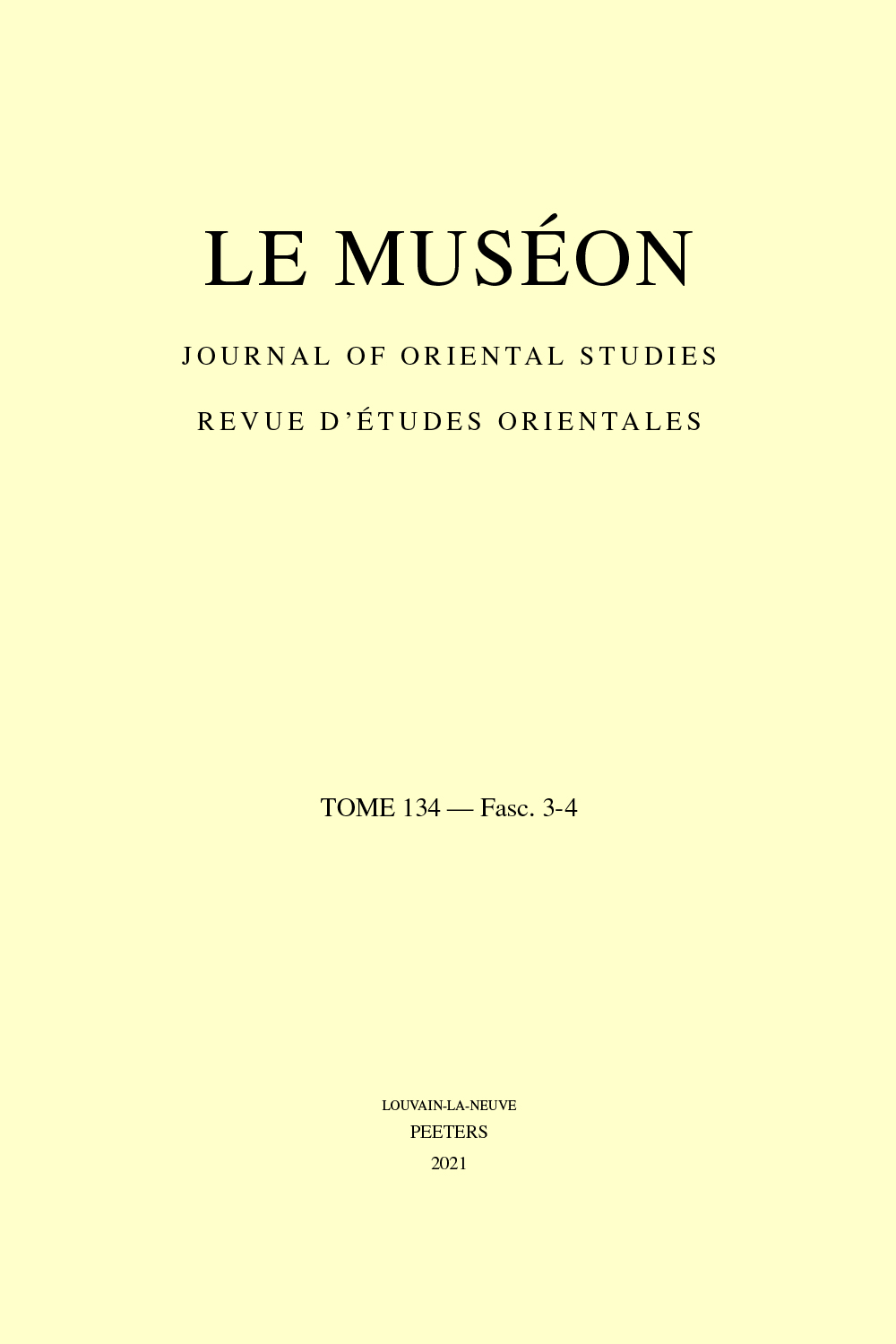 previous article in this issue previous article in this issue | next article in this issue  |

|
Document Details : Title: Second Person Suffix Conjugation Endings with 'k' on Tertiae y Verbs in Samaritan Aramaic Author(s): STADEL, Christian Journal: Le Muséon Volume: 128 Issue: 1-2 Date: 2015 Pages: 127-156 DOI: 10.2143/MUS.128.1.3080618 Abstract : The Western Late Aramaic language used by the Samaritan community in the Byzantine and early Muslim periods has peculiar 2nd person suffix conjugation endings on tertiae y verbs which are spelled with 'k' instead of the usual 't' known from all other Aramaic dialects. The present paper clarifies three aspects of these forms: (1) An examination of all attestations of 2nd person forms from the texts accessible in reliable editions allows us to determine the extent of the phenomenon: The 'k'-forms are the regular forms in Samaritan Aramaic, not late by-forms, as suggested by some. (2) Ben-Hayyim, Macuch, and Yahalom have proposed different explanations of how these forms developed, all of which rely on a succession of analogies. A critique of their proposals leads to the conclusion that they are highly hypothetical and not convincing. (3) We propose an alternative, phonetic explanation, which assumes that the preceding high-front vowel triggered palatalization of the original t of the endings. This palatalization led to a change in orthography. |
|
